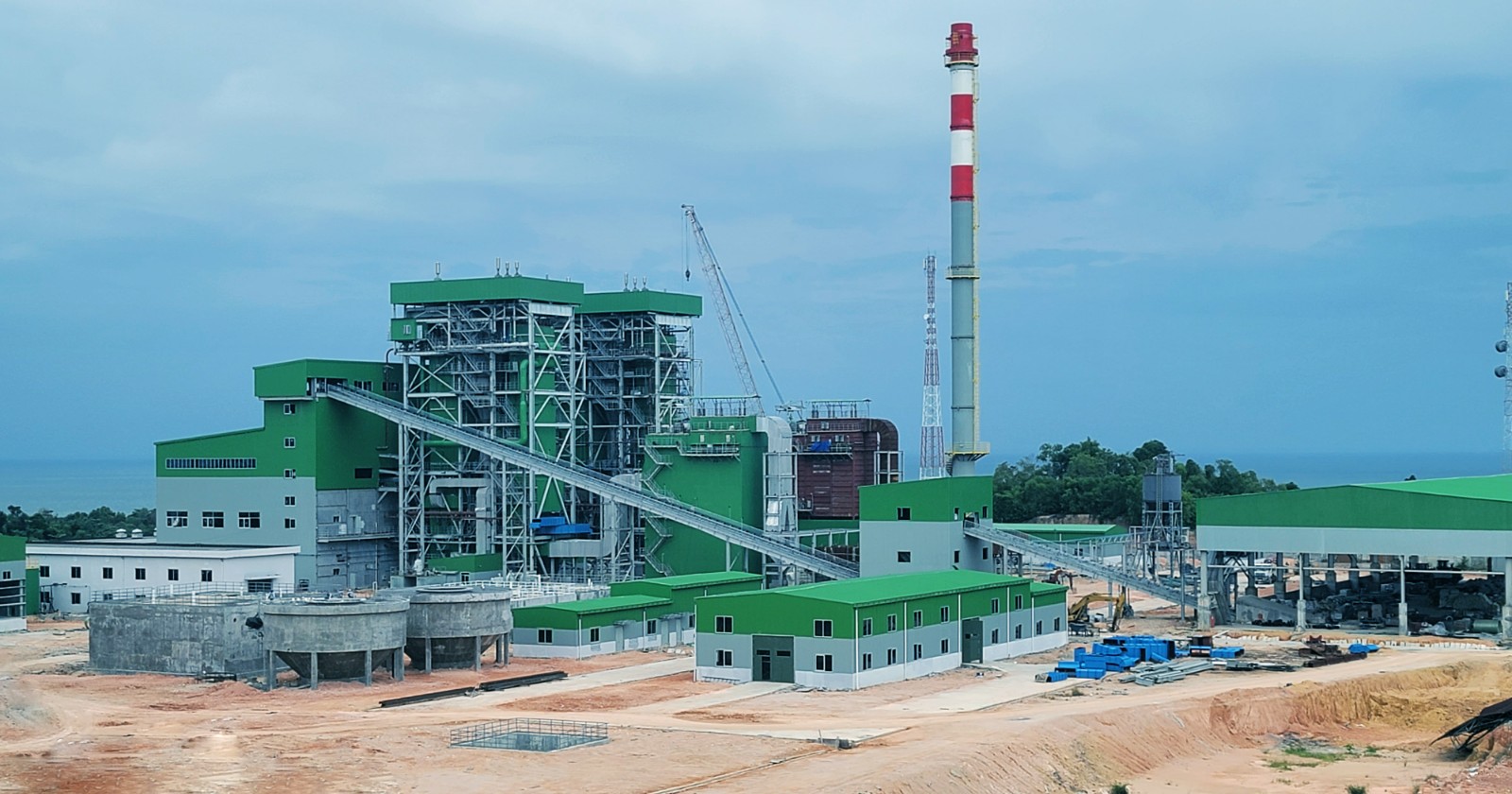
+86 18660102967 +86 18615518078
info@runh.com
Coal-fired power plants' generation remains one of the top drivers of Indonesia's energy production, an effective and affordable source of electricity. Since Indonesia possesses a massive reserve of coal, the power plants are part of the dominant players in the realization of rising energy requirements. During a rising environmental challenge and an imperative for efficiency, however, Indonesia's development and growth of its coal-fired power stations are changing, concerning positioning energy production on par with cost as an issue of equal importance as sustainability.
The article gives a concise overview of the typical Indonesian coal-fired power plant design parameters, common upgrade alternatives towards efficiency and emissions, and the future of the power plants in the new energy market.
Engineers consider several factors during the design of a coal-fired power plant to achieve the optimum performance, reliability, and compliance with domestic regulations in the nation. Environmental policy, power grid conditions, and coal quality are some of the factors that are considered in Indonesian plant design.

1. Coal Quality and Availability
Indonesia is among the world's largest producers of coal and exports primarily medium-to-low-rank coal with high ash and high moisture content. Indonesian coal-fired power plant designs must be corrected to these parameters in terms of burning efficiently and minimizing maintenance issues.
2. Emission Control Systems
The Indonesian rule requires coal-fired power plants to achieve certain emission levels. New power plants use electrostatic precipitators (ESPs), flue gas desulfurization (FGD), and selective catalytic reduction (SCR) systems to manage SO₂, NOx, and particulate emissions.
3. Cooling Systems
Since Indonesia is a tropical country, climate and water availability determine the character of cooling systems employed. Seawater is employed in most of the plants for cooling purposes, while the rest employ air-cooled condensers where low water availability exists.
4. Grid Stability and Load Demand
The Indonesian grid must have reliable baseload power generation. Coal-fired power plants have flexible capacity operation to enable them to manage the uncertainty of peak demand while at the same time being cost-effective.
5. Land and Infrastructure Constraints
Plant locations should take into account coal transport to provide, water distance, and load center. Some Indonesian coal power plants have been situated at mine or port locations to reduce the cost of fuel shipping.
Among the most significant is Jawa 7 power plant, an ultra-supercritical 1,000 MW power plant that achieves greater efficiency and lower emissions. The power plant is a recently built Indonesian coal-fired power station, with more than 42%, much higher compared to the outdated subcritical ones.
Since most of the power plants are aging but still operating, retrofits must be installed to increase efficiency, life, and to achieve tighter environmental regulations. The typical retrofits for Indonesia's coal-fired power plants are:
1. Boiler and Turbine Retrofits
Boiler retrofit to efficiently burn lower-grade coal.
Steam turbine retrofit to boost heat rate and capacity.
2. Emission Reduction Technologies
Installation of SO₂ reduction through FGD systems by up to 95%.
Installing SCR units to reduce NOx emissions by 80-90%.
Retrofitting ESPs to more restrictive particulate matter standards.
3. Automation and Digitalization
Adding intelligent control systems for enhanced combustion optimization.
Facilitating predictive maintenance in AI control to reduce downtime.
4. Co-Firing with Biomass
Indonesia has promoted co-firing schemes, where coal-fired power stations blend biomass (wood pellets or agro residues) with coal. This reduces carbon emissions and facilitates easy integration with renewable energy.
Case Study: Paiton Power Plant Expansions
The expansions of Indonesia's largest coal-fired power plant, Paiton Power Plant, entered through FGD addition and turbine replacement. The replacements reduced emissions by 30% and production by 50 MW.
Despite the worldwide transition to the use of renewables, coal will still be included in the Indonesian energy mix shortly. The following will, nonetheless, define new coal power generating plants:
l Carbon Capture, Utilization, and Storage (CCUS) for reducing CO₂ emissions.
l AUSC Next-generation Ultra-Supercritical Technology with efficiencies above 50%.
l Hybrid Energy Systems, solar or geothermal, to reduce coal usage to a minimum.
Indonesia's Just Energy Transition Partnership (JETP) aims to speed up the transition to renewables and financing cleaner production in coal power plants.
Indonesian coal power plants must be designed and retrofitted for environmental regulation and energy security. New plant design effectiveness is emissions control-oriented, and retrofitting allows existing facilities to comply with changing standards. New tech and hybrid technology will play a key role in striking the balance in using coal with cleaner fuel in Indonesia's transition from a dirty energy past towards a cleaner energy future.
By investing in smarter coal-fired power generation and Indonesian coal-fired power plant upgrades, the country can provide electricity reliability with further decarbonization.
+86 18660102967 +86 18615518078
Block C,Yinfeng Fortune Plaza, No.1 Long'ao West Road, Lixia District, Jinan, China.
Copyright © Runh Power 2025 All rights reserved